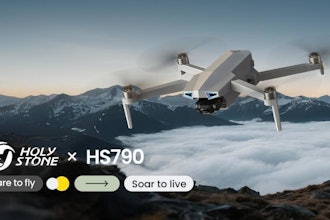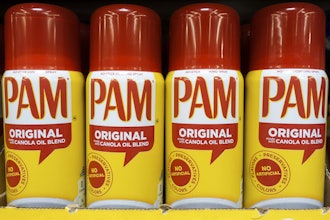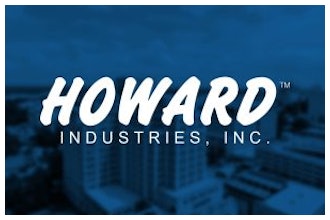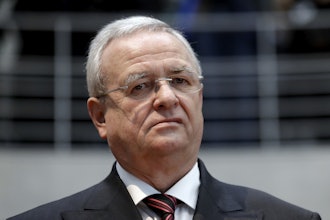Greiner Vehicle Technology is a leading designer of transportation systems that enable large, heavy and awkward machinery to be transported via road and rail. In 2004 the company was offered the opportunity to resolve the issue of transporting the press systems for the Airbus A380 engine manufacturing plant.
The Problem
The client had built the production line presses to manufacture the oversized engine parts for the new A380 Airbus. These presses were weighing in at as much as 300 tons and they needed to be transported from a port in Southern France to a production line approximately 155 miles away.
Although Europe boasts many of the world’s most modern bridge constructions, it also has older and historic bridges and several such bridges just happened to be on the main route for the presses. There were five bridges along the chosen route, with the longest bridge spanning 160 yards. To add to the project’s complexity, the presses for the engines were already waiting at the port town to be transported to the next location via road. The project had to be completed quickly, before the French roads filled up for the summer vacation season.
The Solution
Greiner had to commit to having a working, fully-tested solution by February of 2005. They had to consider the sizes of the presses, the locations of the weight and leverage points, and the constraints of the bridges and their structural personalities. The company then began to design a vehicle that would manage weight distribution throughout the entire transport of the presses.
Simultaneously, Greiner decided to upgrade its design systems to 3D using CoCcreate’s OneSpace Designer Modeling solution.
“Our task was to either strengthen the bridges or devise a transport vehicle that would relieve the stress on the bridges,” states Michael Greiner, CEO of Greiner Vehicle Technology. “We rapidly implemented OneSpace Designer Modeling and started immediately on concept, design, and Finite Element Analysis (FEA). Within a very short time we were concurrently manufacturing parts of the assembly even while the overall design was still being completed.”
The design work undertaken by Greiner resulted in a highly innovative transportation system that would allow the presses to be transported both on major roads and across the bridges. The mechanism was implemented on a wide truck bed and designed to share the load onto a series of steel beams installed along the length of the bridge. On the truck bed, the supporting structure of cross-beams was hydraulically extended from either side of the truck, and then hydraulic trolleys were used to transfer the load from the truck itself onto the beams across the bridge.
The chassis of the supporting structure itself was equipped with a pendulum system to accommodate between 2% to 5% inclines of the road across the bridge. The hydraulic trolleys could automatically increase or decrease in height in accordance with the slope of the road, thus ensuring that these heavy loads remained stable and level.
Once the design was completed, Greiner patented its ‘over-bridge driving system.’
The Design-to-Manufacture Process
As soon as the initial concept design, with known constraints, was underway, Greiner commenced planning and manufacturing of the parts. According to the design team, all the steps of the process started taking place in parallel using CoCreate OneSpace Designer Modeling as the key technology to enable this process.
“While we were still designing we were running the production line. Some local suppliers were also producing individual components even before the entire design was complete,” says Greiner. “The dynamic modeling methodology of OneSpace Designer Modeling made this possible.”
According to Jochen Sailer, technical designer at Greiner, “any engineering changes made to the 3D design could be quickly transmitted to everybody involved because of the non-history-based methodology to CoCreate’s software. If we had used parametric (history-based) 3D modeling, we could not have made the rapid changes to the design that we needed. We were under pressure to create the perfect vehicle within a limited timeframe.”
“Quality begins in design with high-performance tools like OneSpace Designer Modeling,” according to Karl Greiner, founder and CEO. “That’s where you make your money. Take a clear idea, design it and produce it simply and efficiently. The solutions from CoCreate offer us exactly the tools we need for success.”
CoCreate
www.cocreate.com
866-267-8311
Did you find this article useful?
Do you have comments or suggestions about Manufacturing.net?
Contact the editors:
Anita LaFond, News Editor
Andrea Lyn Van Benschoten, Web Editor






















